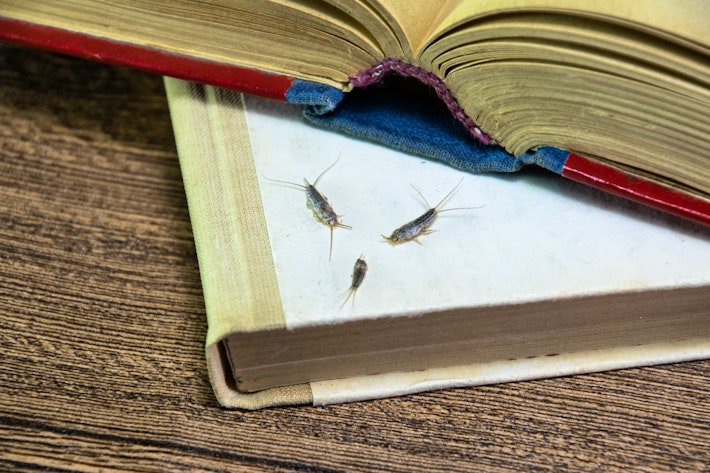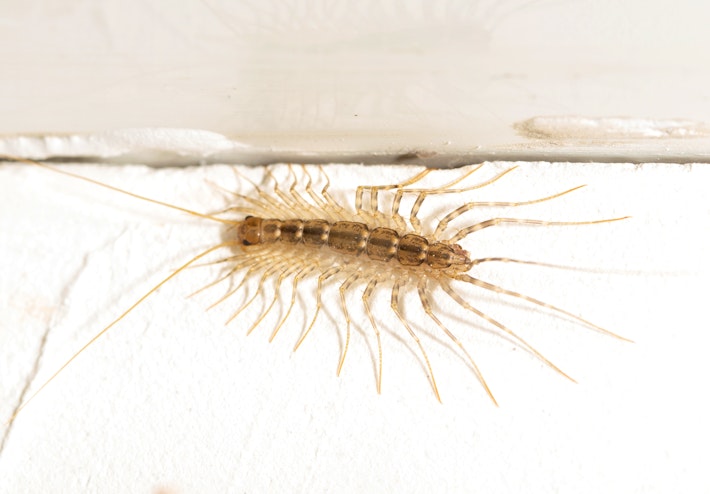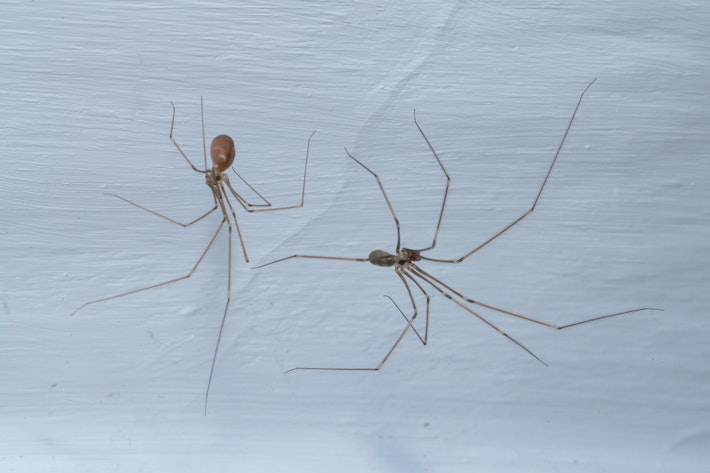Explore the Ecosystem of Your Home
Discovery Place Nature
An ecosystem is an area where living and non-living parts of an environment interact. While ecosystems usually describe natural systems, they also exist in urban and suburban areas AND even inside your home. While this may seem surprising, you’ll probably recognize some of the living components of your home environment.
The Producers
The first is you! While people are usually located higher up in the food chain, we can be at the base of our interior ecosystems as producers. Producers provide food to all the higher levels of an ecosystem and in some ways, by bringing in food and making trash, we fill that role for other organisms that live with us.
The Primary Consumers
Some primary consumers in the home ecosystem include cockroaches, silverfish and camel crickets.

Primary consumers feed directly from producers and in our ecosystem, they’ll eat food scraps, book bindings and even clothing.

Many people consider these animals pests, and for good reason. They can leave behind waste and damage property and some cockroaches can lead to asthma or allergy risks. Despite being pests, these animals support secondary consumers in the food chain.

The Secondary Consumers
Secondary consumers feed on primary consumers. In our homes, they include some of the “scarier” animals like house centipedes and cellar spiders. Though they may look frightening, these consumers control pest populations and offer little risk to people. House centipedes hunt for silverfish, cockroaches and other small arthropods like insects and arachnids.

Cellar spiders build big loose webs which they use to detect prey animals like ants and other spiders. You may have seen these hunters around your bathroom where the moisture attracts plenty of prey.

Home Observations
No matter where they fit in your ecosystem, recognizing these animals around your home can contribute to science! Next time you see one, snap a picture and upload it to iNaturalist in the Never Home Alone project. They even have a field guide to common household arthropods.
Some arthropods may be good to keep around, but if that’s not your thing, try sealing gaps, cleaning cabinets, removing moisture and consulting professionals for responsible chemical application to deter them from coming in.
Curious about other ecosystems? Learn about species you might spot in your backyard ecosystem in this Discovery Place Nature article.
